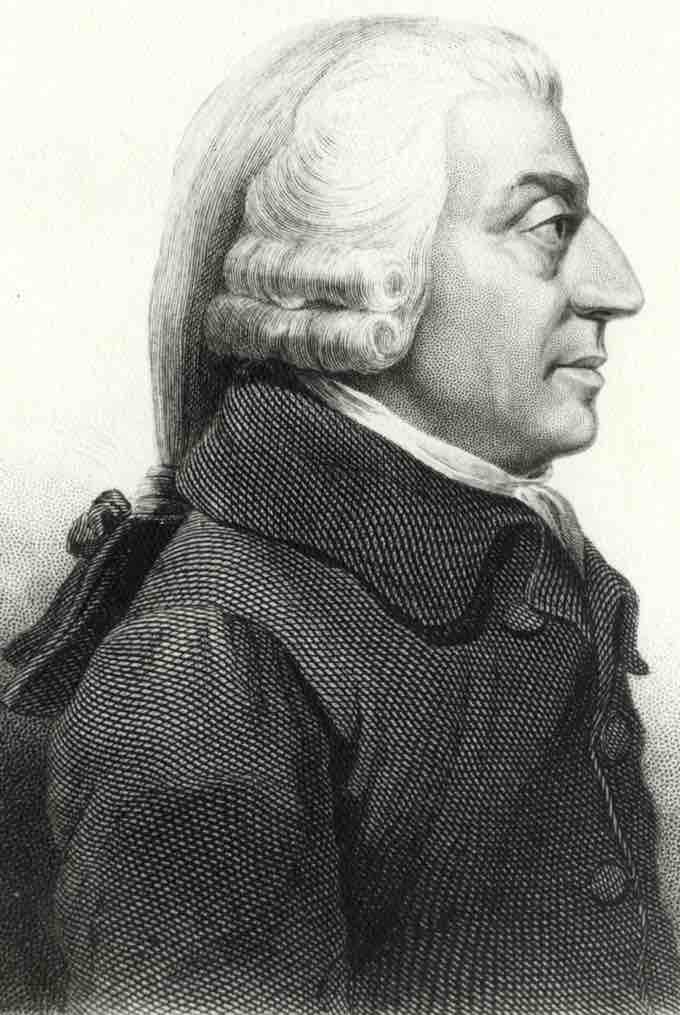Stemming from Adam Smith's seminal book, The Wealth of Nations, microeconomic and macroeconomics both focus on the allocation of scarce resources . Both disciplines study how the demand for certain resources interacts with the ability to supply that good to determine how to best distribute and allocate that resource among many consumers. Both disciplines are about maximization: microeconomics is about maximizing profit for firms, and surplus for consumers and producers, while macroeconomics is about maximizing national income and growth.

Adam Smith, Founding Father of Economics
Adam Smith's book, Wealth of Nations, was the basis of both microeconomic and macroeconomic study.
The main difference between microeconomics and macroeconomics is scale. Microeconomics studies the behavior of individual households and firms in making decisions on the allocation of limited resources. Another way to phrase this is to say that microeconomics is the study of markets.
In contrast macroeconomics involves the sum total of economic activity, dealing with the issues such as growth, inflation, and unemployment. Macroeconomics is the study of economies on the national, regional or global scale.
This key difference alters how the two approach economic situations. Microeconomics does consider how macroeconomic forces impact the world, but it focuses on how those forces impact individual firms and industries. While macroeconomists study the economy as a whole, microeconomists are concerned with specific firms or industries.
Many economic events that are of great interest to both microeconomist and macroeconomists, though they differ in how they analyze those events. A shift in tax policy would interest economists in both disciplines. A microeconomist might focus on how the tax might shift supply in a specific market or influence a firm's decision making, while the macroeconomist will consider whether the tax will translate into an improved standard of living for all of the economy's participants.